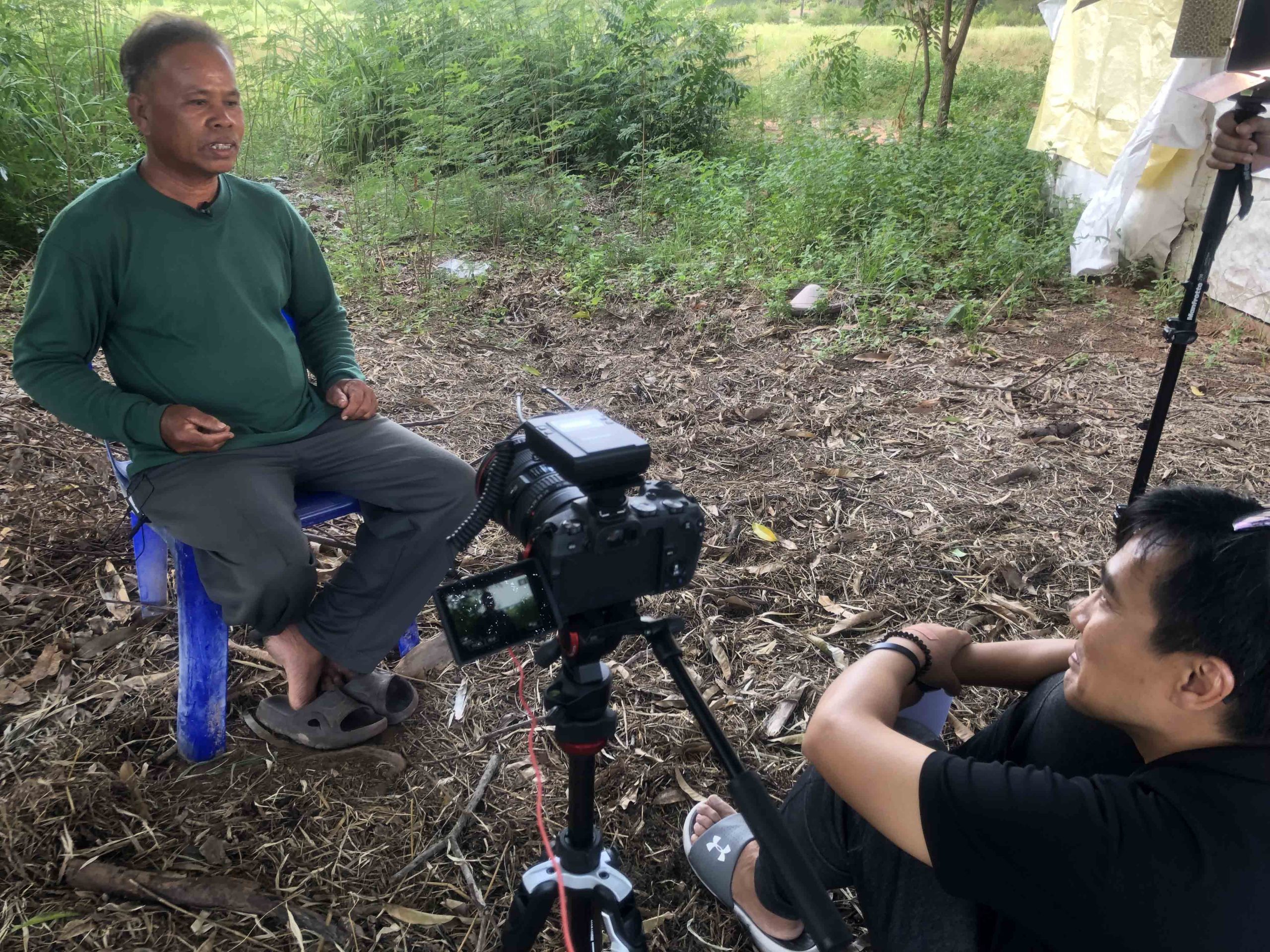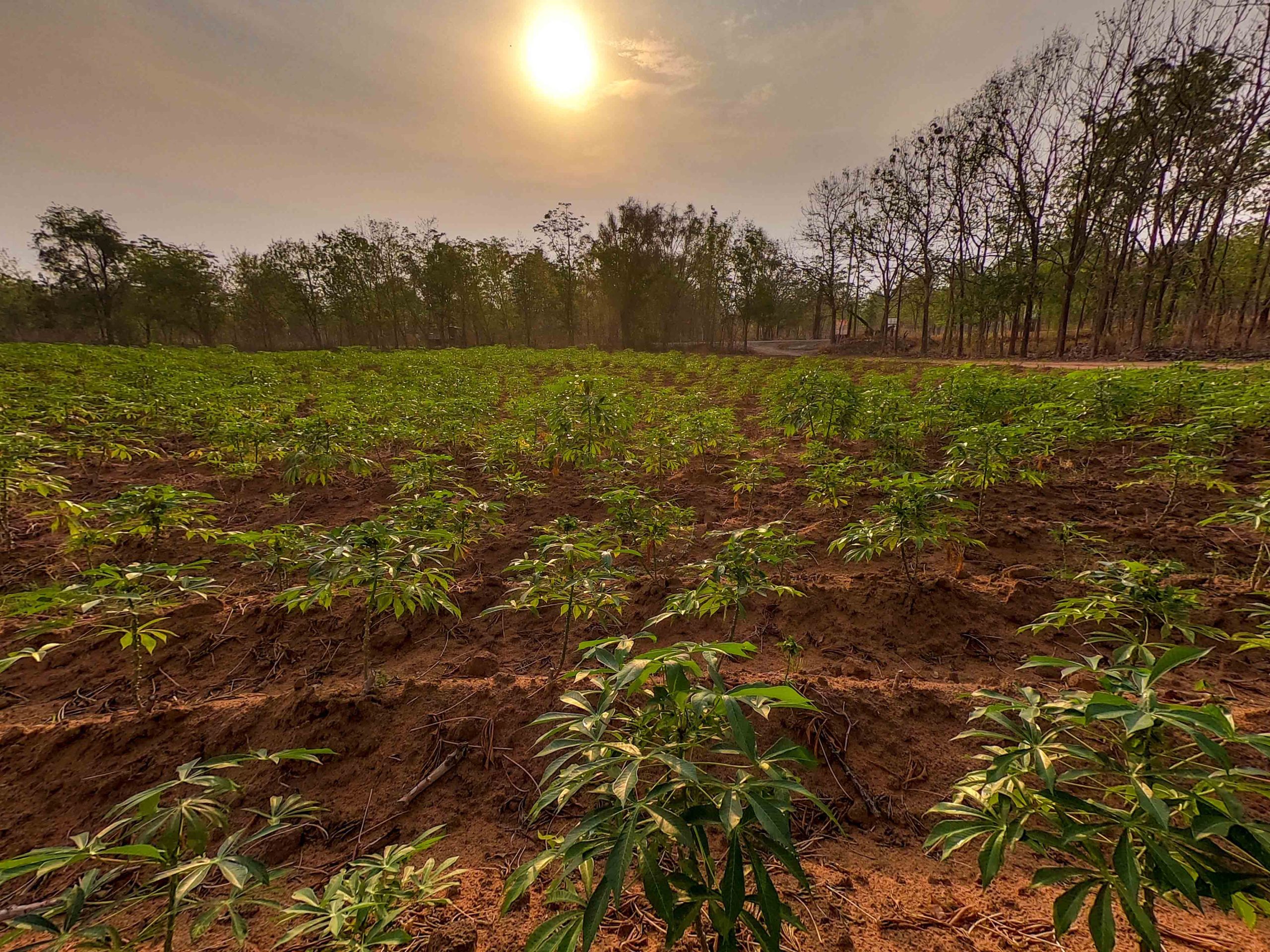What difference has certification brought for the farmers?
Certification brings new look to environmental preservation! Always caring for environmental sustainability and social responsibility, the ProTerra standard has been preparing certified farmers to build increasing awareness on harmonious coexistence with nature. Many of them already see, with different eyes, the benefits their own products bring to consumers around the world.
With the help of local partners, some of these certified farmers were interviewed about their journeys. Learn the story of Farmer Kurt Foitongsamrong, ProTerra Asia Certified and interviewed by Southeast Asia Organic Co., Ltd[1].
Interview with Farmer Kurt Foitongsamrong
Kurt Foitongsamrong said he was born in Amphur Huaytalang, Nakornratchasima, Thailand, and changed to certified farming five years ago. His land, of around 300 Rais[1], yields approximately 3,000 metric tons of tapioca starch. In general, each farmland yields 10 metric tons per year. Besides tapioca roots and homegrown vegetables, he also raises ducks and chickens for self-consumption.
Tapioca roots planting normally starts in March and harvesting is done within a year. Before harvesting, he first needs to cut off trunks that stay above the ground, using tractors to dig the roots up. After chasing away the roots, he starts shovelling and then leaves the soil around two weeks before re-planting the cut trunks.
The climate in the region where Kurt Foitongsamrong lives, Southeast Asia, is one of the challenges he faces: normally hot and humid in the rainy season, with floods sometimes, and dry and still hot in the dry season.
[1] A rai is a unit of area equal to 1,600 square metres

Simple and Healthy Life
Although having to face the weather challenges, one of Kurt Foitongsamrong’s greatest joys is his simple life, dedicated to caring for the land and his family. His routine starts early in the morning when he prepares the food, packs it in a lunch box and goes to work on the land. At the end of the day, he returns home, takes care of dinner and relaxes, watching TV and having dinner with his family. Afterwards, they all go to bed early, at 9 pm. In his free time, he enjoys being with his family, cleaning the house and taking care of his small animals.
Based on his work routine of caring for the land, he believes that everybody who is still engaged in the conventional planting method should switch to sustainable farming. It benefits people’s health and the nature, especially because the pesticides or other chemical products that could contaminate the soil and the air are not applied. To reinforce this statement, he reveals that he could verify the benefits in himself because he used to have some health problems earlier. In addition, Kurt also claims that he has already noticed the return of birds, chickens and iguanas to the area, where there is no danger to the health of people or animals.
This testimony from the farmer reveals some benefits of the sustainable supply chains, with specific actions starting at primary production, processing, storage, distribution and retailing. Based on that, consumers with this new consciousness can also benefit from the work of farmers such as Kurt Foitongsamrong, being able to make healthier and more sustainable choices within agriculture.
[1] http://www.sea-organic.com
[2] A rai is a unit of area equal to 1,600 square meters
